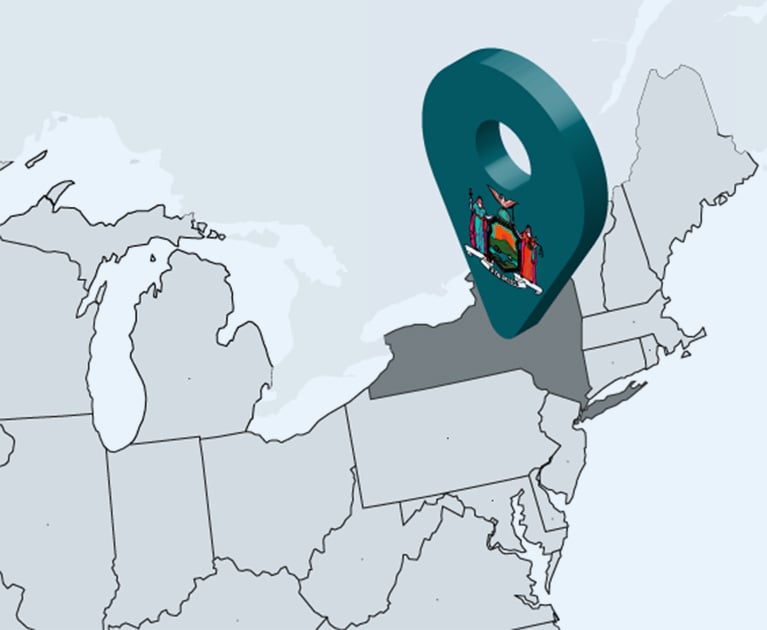 In this time of global uncertainty, courts in the Second Circuit have recently provided clarity in the application of an oft-misunderstood federal statute, the Anti-Terrorism Act (ATA). This article discusses those decisions, especially as they apply to financial institutions providing routine banking services to customers alleged to have ties to or to be affiliated with terrorist organizations. In addition, at least 13 ATA cases against financial institutions currently are winding their way through the courts in New York—eight at the district court level and five in the Second Circuit—and these cases also will provide further guidance. While this article cannot cover them all, it will address what to expect and offer a few key takeaways.
In this time of global uncertainty, courts in the Second Circuit have recently provided clarity in the application of an oft-misunderstood federal statute, the Anti-Terrorism Act (ATA). This article discusses those decisions, especially as they apply to financial institutions providing routine banking services to customers alleged to have ties to or to be affiliated with terrorist organizations. In addition, at least 13 ATA cases against financial institutions currently are winding their way through the courts in New York—eight at the district court level and five in the Second Circuit—and these cases also will provide further guidance. While this article cannot cover them all, it will address what to expect and offer a few key takeaways.
The Statute
The ATA provides a private right of action for victims of an “act of international terrorism.” The statute was intended to allow victims of terrorist attacks abroad to sue in the United States the terrorists and the terrorist organizations responsible for those attacks. However, starting in the late 2000s, more than a decade after Congress enacted the ATA, courts began to allow plaintiffs to pursue claims under the ATA against banks in addition to, and often instead of, the terrorists actually responsible for the atrocities. See Lanier Saperstein, et al., “The Anti-Terrorism Act: Bad Acts Make Bad Law,” N.Y.L.J. (Sept. 5, 2012).






